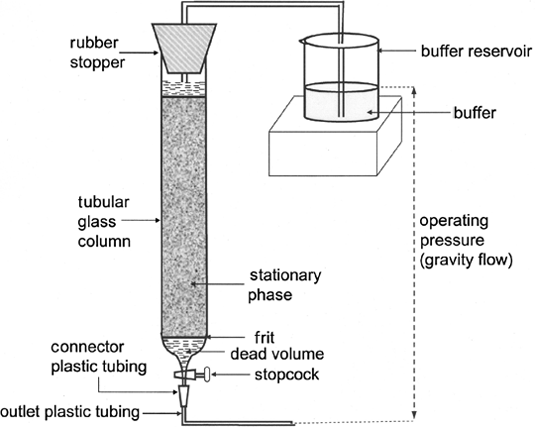Sawdustguy
Well-Known Member
What do you guys and gals think about this? I have a RIMS and for $50 I may try it.
Blichmann Engineering "set-it-and-forget-it design" AutoSparge
Blichmann Engineering "set-it-and-forget-it design" AutoSparge

I don't see how it adjusts to accommodate a 5 vs. 10 gallon batch or a large vs. small grain bill. If the float arm is a fixed length and the mounting point is also fixed (only drill one hole in your pot/keggle, right?), it seems like it would only be able to maintain a constant water level at a certain height in the MLT, independent of the depth of the grain bed. How would this let you maintain "an inch or two" of sparge water above the grain bed? Maybe I'm missing something.
That's super cool...but this might be cheaper/more adjustable?
https://www.homebrewtalk.com/f51/my...mash-lauter-tun-92724/index3.html#post1011236
I don't see any means to adjust the water level with the Hartford loop arrangement. I suppose you could fit a tube inside a tube with some kind of a compression fitting to seal the joint. This would allow you to vary the height of the overflow weir to control the water level.
That's super cool...but this might be cheaper/more adjustable?
https://www.homebrewtalk.com/f51/my...mash-lauter-tun-92724/index3.html#post1011236
I think it works like the "float" on a toilet, it lets more water in, as the float moves down, pretty simpe devise you could probably build yourself.
These valves are readily available as swamp cooler water level control valves. I've only seen brass ones...
You could easily do this with a liquid level sensor and a solenoid shutoff valve.... something I've been thinking of exploring....
For those folks that have to have the stainless steel look, buy the cheap brass version and have in nickel plated at your local chrome plating shop.
Here's some from U S Plastics:
http://www.usplastic.com/catalog/pr...usplastic&category_name=6109&product_id=12596
The specs say the metal parts are SS and they are dirt cheap. The float is HDPE and NSF rated.
The US Plastic solution is almost perfect. I batch sparge because it is so simple so I would love to be able to attach a piece of silicone hose on the end to lay on top of the grain bed. It would be perfect if they had a 1/2" NPT on both ends.
I took another look at that USP float valve. I'm not sure it would hold up to the heat exposure. They do have one with 1/2" NPT threads on the valve, but again, the valve body is PVC and I think it would soften when exposed to the heat. Close, but no cigar I think. I may have to settle for a brass swamp cooler valve. I don't have an aversion to brass as some do.

I ordered one of the Dial Mfg. float valves and am going to try it out on my cooler.
Enter your email address to join: